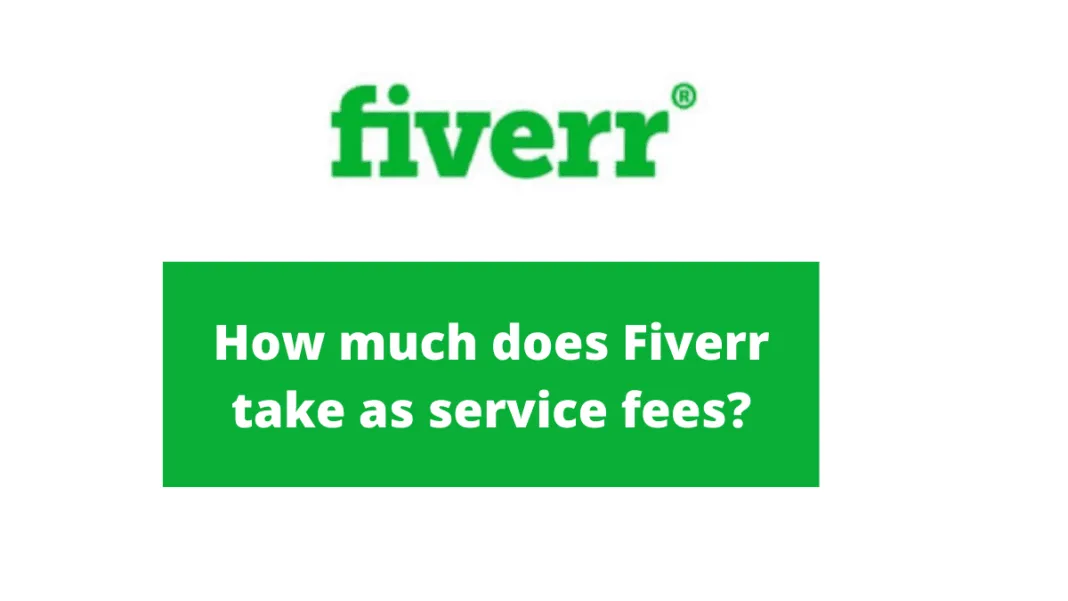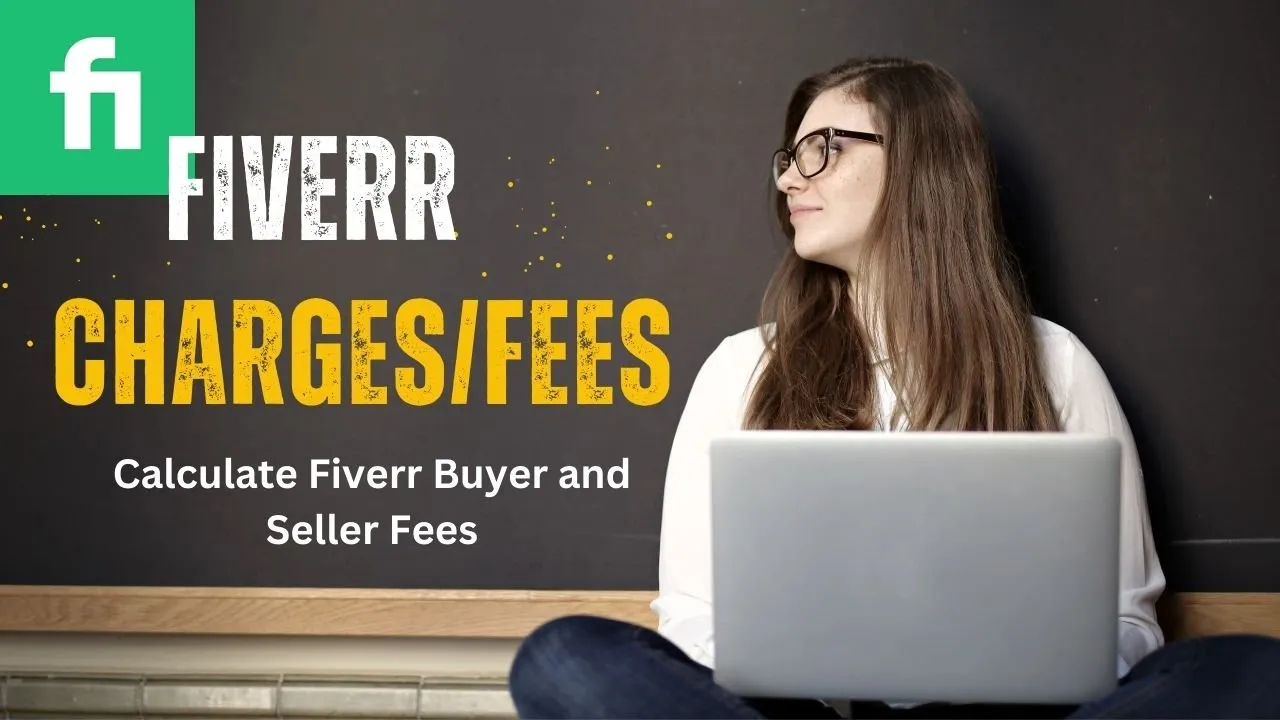If you’re venturing into the world of freelance services or thinking about offering your skills online, then you’ve probably heard about Fiverr. It’s a popular platform where businesses and entrepreneurs connect with freelancers from various fields, whether it be graphic design, writing, marketing, or technology. Launched in 2010, Fiverr started with the unique concept of offering services starting at just $5, hence the name. Over the years, it has evolved into a robust marketplace that accommodates professionals at various price points, depending on the depth and complexity of the services offered. But before you dive in, let’s clarify whether Fiverr charges for using its services and what costs to expect.
How Fiverr Works

Understanding how Fiverr operates is crucial to making the most of this freelancing platform. The process is fairly straightforward, allowing both buyers and sellers to interact seamlessly. Here’s a breakdown of how Fiverr works:
- Profile Creation: Freelancers create profiles showcasing their skills, portfolio, and experience. This helps potential buyers to evaluate the freelancers’ qualifications.
- Gig Listings: Freelancers can list their services, known as “gigs.” Each gig can outline what the freelancer offers, the estimated delivery time, pricing, and any add-ons available.
- Searching for Services: Buyers can search for specific services using keywords or browse through categories. Fiverr’s user-friendly interface makes it easy to find the right fit.
- Order Placement: Once a buyer finds a suitable gig, they can place an order. Payments are made upfront to secure the transaction, ensuring that the freelancer is compensated upon successful completion.
- Delivery and Revisions: Freelancers deliver their work within the stipulated timeframe. Depending on the agreement, buyers may request revisions if the work doesn’t meet their expectations.
- Feedback System: After the job is completed, both parties leave reviews. This builds trust and helps future buyers make informed decisions while allowing freelancers to boost their reputation.
With its user-friendly design and efficient processes, Fiverr provides an accessible platform for freelancers and clients, making it easier than ever to find and offer services online.
Also Read This: How to Get Writing Jobs on Fiverr
Fiverr's Fee Structure

When you're diving into the world of Fiverr, it's essential to understand how they charge for their services. The fee structure can seem a bit complicated at first, but once you break it down, it makes a lot more sense.
Fiverr operates on a straightforward commission model. Here's how it works:
- Service Fee for Buyers: When you purchase a service, Fiverr adds a service fee on top of the price of the gig. This fee typically ranges from $2 for purchases under $40 to 5% for purchases above that threshold. So, for example, if you buy a gig for $50, the fee would be $2.50, making the total cost $52.50.
- Commission for Sellers: If you're a seller offering services, take note: Fiverr takes a 20% commission on every order you complete. This means that if a buyer pays you $100 for your gig, you’ll receive $80 after Fiverr takes its cut. It’s essential to factor this into your pricing strategy to ensure you're earning adequately for your services.
Overall, Fiverr's fee structure is designed to cover its operational costs while providing a platform where both buyers and sellers can thrive. It can feel a bit steep initially, especially for sellers, but many find the platform's value—exposure to a global audience and secure payment processing—makes it worth every penny.
Also Read This: Description on Fiverr for Beginners: A Step-by-Step Guide
Types of Charges on Fiverr
When you think of using Fiverr, there are a couple of types of charges that you should keep on your radar. These charges can add up, depending on how you use the platform. Here’s a detailed rundown:
| Charge Type | Description | Rate |
|---|---|---|
| Service Fee (Buyer) | This is charged to buyers when they purchase a gig. | $2 or 5% (depending on the order value) |
| Commission (Seller) | Sellers face a commission taken from their earnings for each completed order. | 20% of total earnings |
| Upgrade Charges | For premium features or additional options, there may be extra fees involved. | Varies by service |
Understanding these charges can save you from unexpected surprises down the line, whether you're a buyer or seller. As you navigate through Fiverr, always keep an eye on these costs. They ultimately affect your budget and your earnings, so being informed is crucial to making the most of your experience on the platform.
Also Read This: How to Review a Milestone on Fiverr: A Guide for 2019
Seller vs. Buyer Fees
When navigating Fiverr, it’s essential to understand the different fees that both sellers and buyers encounter. This clarity can help you manage costs and expectations while utilizing the platform.
For Sellers: When you offer your services on Fiverr, the platform takes a commission on every order completed. As of now, Fiverr charges sellers a commission of 20%. This means that if you successfully sell a gig for $100, you only receive $80 after Fiverr takes its share. Here’s a brief breakdown:
| Gig Price | Fiverr Fee | Your Earnings |
|---|---|---|
| $50 | $10 | $40 |
| $100 | $20 | $80 |
| $200 | $40 | $160 |
Additionally, if you withdraw your earnings, you may incur withdrawal fees depending on your chosen transfer method.
For Buyers: On the flip side, buyers typically don't pay fees to use Fiverr directly. However, it’s important to note that some specific payment methods or currency conversions might include small charges from external payment processors. Always check your payment method for clarity!
Also Read This: How Many Buyer Requests on Fiverr: Understanding the Request System
Additional Costs to Consider
Beyond the obvious fees associated with Fiverr’s services, there are several other costs that both sellers and buyers should keep in mind while using the platform. Understanding these can save you from surprises down the road.
For Sellers:
- Promotional Costs: Many sellers choose to promote their gigs through Fiverr’s advertising options, which can incur additional costs on top of the standard fees.
- Service Upgrades: If you want to enhance your gig’s visibility or offer extra perks, these benefits will also typically come at a price.
- Withdrawal Fees: Depending on your chosen withdrawal method (PayPal, bank transfer, etc.), you might encounter additional fees. Be sure to look into them!
For Buyers:
- Tip Options: If you feel a seller exceeded your expectations, you can give a tip. While this is completely voluntary, it’s a kind way to show appreciation.
- Currency Conversion Fees: If you're purchasing from a seller in a different currency, your bank may charge a conversion fee.
By keeping these fees and additional costs in mind, you can navigate Fiverr more effectively and ensure you’re getting the best value for your investment, whether you're selling or buying services!
Also Read This: How Much Marketing Freelancers Typically Charge
7. Tips for Maximizing Value on Fiverr
When it comes to using Fiverr, getting the most bang for your buck is key. Here are some practical tips to help you maximize the value of your investment:
- Research Before You Buy: Take the time to read reviews and check ratings of sellers. Look for freelancers who have delivered quality work consistently. This will help you avoid potential pitfalls.
- Clear Communication: Before placing an order, reach out to the seller with any questions or specific requirements you might have. This can save time and ensure you both are on the same page.
- Set a Realistic Budget: While it’s easy to see a $5 gig and think that’s all you’ll pay, keep in mind other potential costs such as upgrade fees and tips. Set a budget that includes these extras.
- Utilize the Revision Policy: Many gigs offer revisions. Don't hesitate to use this option to get adjustments made until you’re satisfied with the final product.
- Buy Packages: Some sellers offer packaged deals that provide more value for your money, often including multiple services at a discounted rate. If you need several tasks done, this could be a win-win!
- Follow and Engage: Follow your favorite sellers. Often, they’ll share discounts and offer promotional gigs to their followers, which could save you some cash.
By keeping these tips in mind, you can enhance your Fiverr experience and ensure that you get the value you deserve for your investments.
8. Conclusion: Is Fiverr Worth the Cost?
The question of whether Fiverr is worth it really depends on several factors, including your specific needs, budget, and the quality of service you seek. Here’s a breakdown to consider:
- Cost-Effectiveness: Fiverr opens doors to affordable creative solutions. If budget constraints are a priority, this platform can be a treasure trove.
- Quality Range: While there are many skilled freelancers on Fiverr, quality can vary. It’s essential to vet your choices to enhance your chances of receiving top-notch work.
- Flexibility: The platform accommodates a wide array of services from graphic design to content writing and beyond. If you need diverse skill sets, Fiverr is versatile.
- Time Efficiency: For quick turnaround projects, Fiverr can be a lifesaver. Freelancers often deliver surprisingly fast, enabling you to keep your projects on track.
In short, if you approach Fiverr strategically and do your homework, it can be an excellent resource for accessing affordable freelance talent. Just remember to weigh the pros and cons carefully. Overall, many users find that the value Fiverr provides far outweighs its costs—making it a worthy investment for personal and business projects alike.



